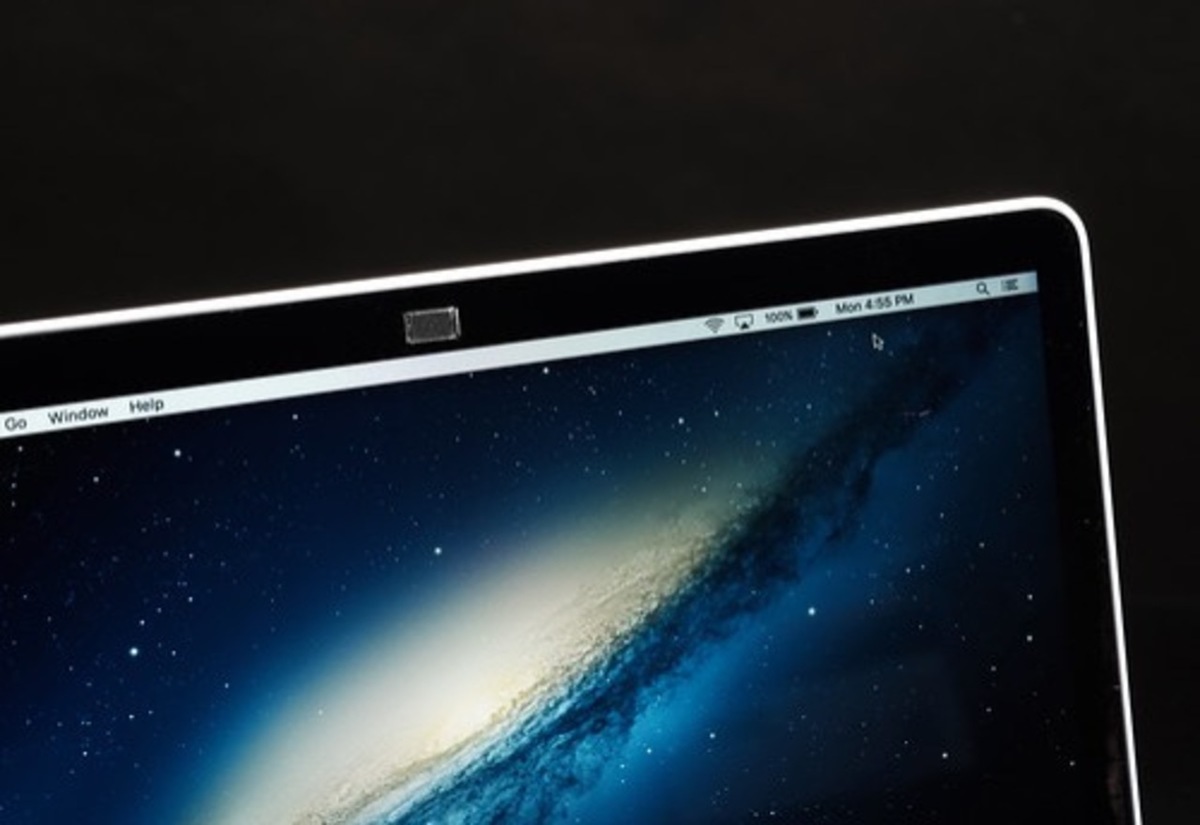Who's on the other side of your camera?
Laura Williams
20 November 2021, 5:12 AM
 New forms of cybercrime can reveal more than just your personal information.
New forms of cybercrime can reveal more than just your personal information.Who’s on the other side of your camera?
Facebook CEO Mark Zuckerberg was famously captured beside his computer, where the world could see that he used tape to cover his webcam. If ‘camfecting’ drives fear into the tech-giant billionaire, it’s probably time that locals started thinking about their own security.
Camfecting is a cybercrime where hackers can remotely access your computer’s camera through ‘trojans’, disguising their entrance into your device through a legitimate-looking software or program.
Posed as a bank, government agency or even charity, it has become too easy and too common for hackers to gain access to your device’s camera and witness you as you walk through life.
UNSW cybersecurity expert Professor Salil Kanhere says that once trojans are in your device, the hacker’s options for causing harm are endless.
“The hacker can gain access to your computer files or steal your data, or often they will insert more harmful malware onto your device,” Professor Kanhere said.
The access to cameras is not limited just to computers, according to Professor Kanhere, but can affect phones, tablets, and other connected devices such as security cameras.
“A reason why this happens could be that hackers want to capture images or videos of the other person in a compromising position and potentially use it as blackmail for financial gain – it’s a very perverted truth but it happens,” he said.
The technology mirrors an approach from Government intelligence agencies when gathering restricted or sensitive information.
“It wasn’t always this easy – not too long-ago hackers needed to write the malware which meant they needed specialist computer programming knowledge. Nowadays, Trojans and all the tools needed to launch such attacks, can be bought and sold on the dark web,” said Professor Kanhere.
While the premise is scary, there are ways of reducing risk, the simplest being following the lead of Mark Zuckerberg in taping up your camera when it’s not in use.
In a world of zoom calls, social media, and lockdowns, however, the use of device cameras has never been more prominent nor necessary.
Professor Kanhere also advices that people check which apps have permissions to access cameras, to turn on your firewall, and to install antivirus software programs.
“If you come across random folders on your computer containing images or videos which you don’t recall recording yourself, this is a red flag that something fishy is happening,” Professor Kanhere said.
In a recent survey on cybercrime in NSW, 41 per cent of respondents from rural and regional areas reported that they felt uninformed on the risks.
Bourke-based IT-technician Shane Crombie says the number of cyber-attacks he’s seen from clients this year has been unprecedented.
“Computers like Windows10 are usually pretty safe these days, but all it takes is opening the wrong email for something like that to happen,” Mr Crombie said.
While the cost is high, Mr Crombie said that it doesn’t necessarily mean that you have to get rid of the device.
“It should be as simple as resetting your computer to fix it,” Mr Crombie said.
For a lot of people, however, the nature of the hacking means that their computer may be camfected without them even being aware.
“Covering the webcam lens on your laptop is one simple and low-tech way to provide extra protection against hackers who may try to illegally access your camera,” Professor Kanhere said.